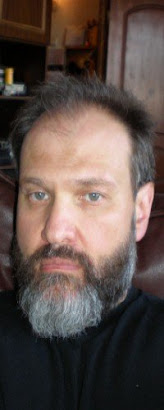 Platelets: Sticky Situations The human body does not handle excessive blood loss well. Therefore, the body has ways of protecting itself. When, for some unexpected reason, sudden blood loss occurs, the blood platelets kick into action.
Platelets: Sticky Situations The human body does not handle excessive blood loss well. Therefore, the body has ways of protecting itself. When, for some unexpected reason, sudden blood loss occurs, the blood platelets kick into action.Platelets are irregularly-shaped, colorless bodies that are present in blood. Their sticky surface lets them, along with other substances, form clots to stop bleeding.
When bleeding from a wound suddenly occurs, the platelets gather at the wound and attempt to block the blood flow. The mineral calcium, vitamin K, and a protein called fibrinogen help the platelets form a clot.
A clot begins to form when the blood is exposed to air. The platelets sense the presence of air and begin to break apart. They react with the fibrinogen to begin forming fibrin, which resembles tiny threads. The fibrin threads then begin to form a web-like mesh that traps the blood cells within it. This mesh of blood cells hardens as it dries, forming a clot, or "scab."
Calcium and vitamin K must be present in blood to support the formation of clots. If your blood is lacking these nutrients, it will take longer than normal for your blood to clot. If these nutrients are missing, you could bleed to death.
 A healthy diet provides most people with enough vitamins and minerals, but vitamin supplements are sometimes needed.
A healthy diet provides most people with enough vitamins and minerals, but vitamin supplements are sometimes needed.A scab is an external blood clot that we can easily see, but there are also internal blood clots. A bruise, or black-and-blue mark, is the result of a blood clot. Both scabs and bruises are clots that lead to healing. Some clots can be extremely dangerous. A blood clot that forms inside of a blood vessel can be deadly because it blocks the flow of blood, cutting off the supply of oxygen. A stroke is the result of a clot in an artery of the brain. Without a steady supply of oxygen, the brain cannot function normally. If the oxygen flow is broken, paralysis, brain damage, loss of sensory perceptions, or even death may occur.

No comments:
Post a Comment